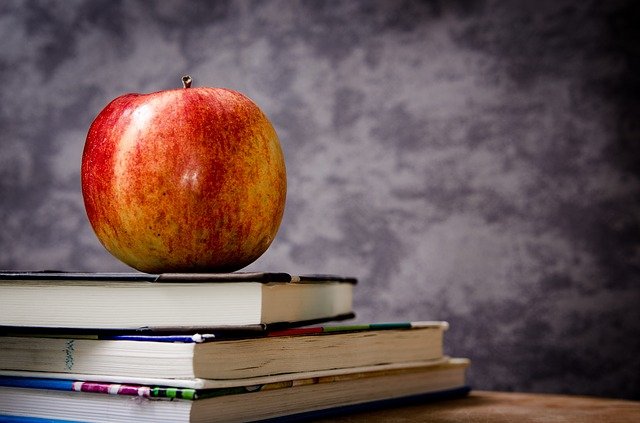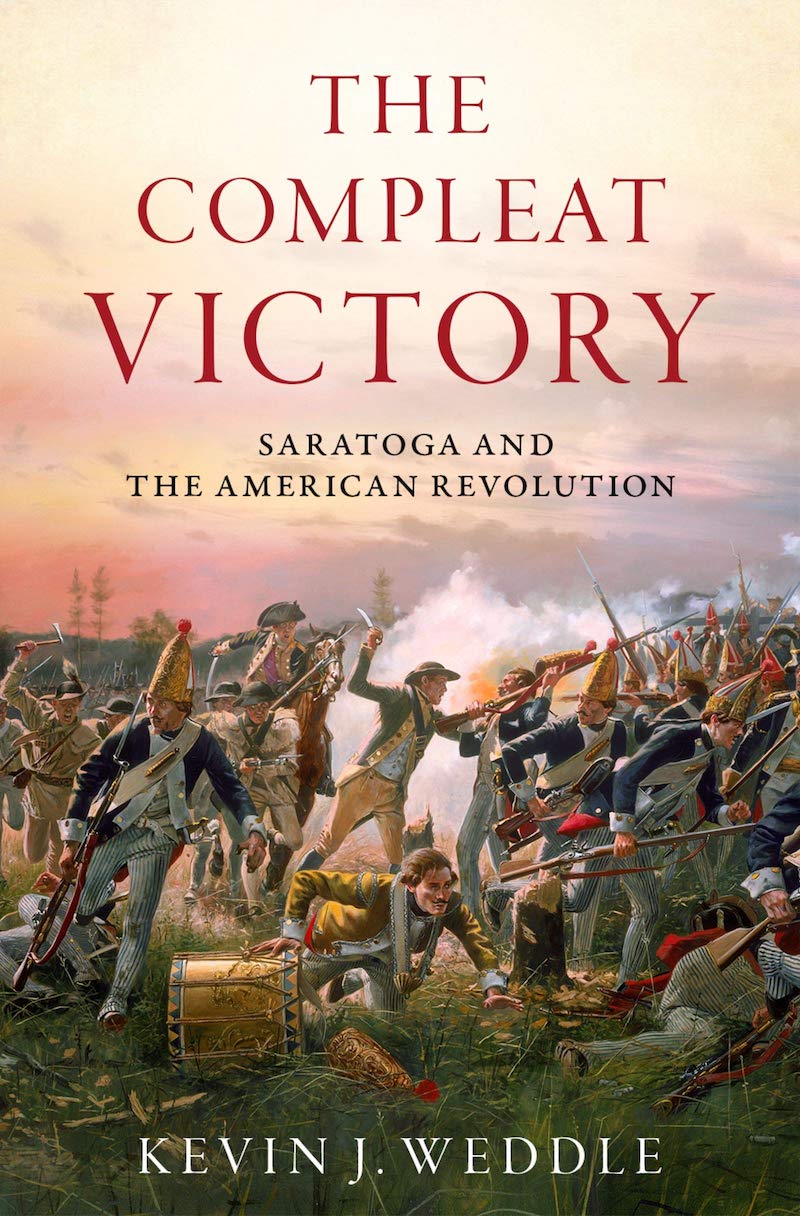
History is happening this moment. A country is defining itself. Authentic, inspiring patriotism is surging through the Ukrainian people. Whatever happens next, President Volodymyr Zelensky personifies patriotism, honor, courage, dedication. If Ukraine survives as an independent nation, as the U. S. Secretary of State promises, 2022 will ring for decades, probably centuries, as Ukraine’s greatest historical moment.
Now we know why civics is best taught as history. Civics is not about learning to write a letter to the editor or registering to vote. Nothing wrong about that, but civics, fundamentally, is learning one’s history as a country—just how it came to be, why it is as it is, and what makes it worthy.
There is no need for history to be slurpy or untruthful. Defining moments are riveting, stirring, thrilling, passionate, definitive. When Zelensky appears before the U. S. Congress—if only virtually—we feel compelled to listen: “I see no sense in life if it cannot stop the deaths.”
This is a teaching moment, a time for the American history instructor to remind students that when John Hancock signed the Declaration of Independence, he and his fellow Patriots understood then, like Ukrainian leaders know today, the concept that “We must all hang together or surely we will hang separately.”
 High school and college students might even be encouraged to read Kevin Weddle’s absorbing account of The Compleat Victory: Saratoga and the American Revolution just released, ironically enough, by Oxford University Press.
High school and college students might even be encouraged to read Kevin Weddle’s absorbing account of The Compleat Victory: Saratoga and the American Revolution just released, ironically enough, by Oxford University Press.
The parallels between Saratoga and the Ukrainian war burst from every page. King George III readily accepts General John Burgoyne’s sweepingly confident war plan: Shoot down the St. Lawrence river, cross Lake Champlain, capture Fort Ticonderoga, and, with Loyalist help, drive to Albany, sail down the Hudson River and meet Sir William Howe’s army coming up from New York City. Nothing could be easier—other than, perhaps, watching Ukrainian morale implode once Russian tanks pour down highways into Kyiv.
Burgoyne—and Putin—were absolutely correct, at least in the beginning. Just as Crimea was acquired with barely a Western whimper in 2014, so Ticonderoga fell with hardly a British casualty, in early July, 1777. The quick and easy victories stirred great confidence—indeed, extreme over-confidence—both inside the Kremlin and, two centuries ago, inside the Queen’s House now known as Buckingham Palace. Certain of victory, Burgoyne, instead of securing his base, dashed forward through a dense, ravine-ridden, Vermontian-infested forest.
In wartime, leadership and command count for much. Unfortunately for King George, he had passed over experienced military commanders in favor of an ambitious court favorite pitching a battle plan. Putin is no less poorly served. He has picked his top military personnel with political loyalty, not military competence, foremost in mind.
When tanks strike ditches and potholes, or horse-drawn carriages haul cannon up mountainsides, grand strategies turn into logistics. Distant from Montreal, desperate for supplies, Burgoyne dispatched a contingent to forage as far as Bennington, Vermont, only to be surrounded by an aroused Patriot militia. Wounded soldiers, not feed for horses, were his reward. The size of the Patriot forces increases daily even as Loyalists disappear and attrition takes its toll on British soldiers.
The Patriots are not perfect. The general in charge, Horatio Gates, subsequently proves to be the coward many suspected all along. Benedict Arnold rallies the troops at critical moments but later turns traitor. Among the militia, the New York-New England divide nearly proves fatal. The increasingly skillful strategist, George Washington, holds the continental army together but barely keeps his job.
Yet the surrender of a British army at Saratoga provokes rising opposition in Parliament, triggers French entry into the war, and entrenches patriotism across the colonies. And, today, heroic Ukrainian defense efforts have stirred self-indulgent Europeans and Americans to reassess their true obligations to the defense of democracy.
Although Saratoga is the beginning of the end, a signed peace agreement recognizing the United States of America does not come for another six years. Time moves faster in the 21st than in the 18th Century, but one should rather pray for than expect a quick solution to the current war.
In the meantime, democratic patriotism is deepening. The Ukrainians are teaching us. Our civic lessons are being learned on the ground, in real life. Our schools and our students can profit by attending to the moment. One does not need to manufacture history to teach patriotism; one only needs to explain that history has not come to an end.
Paul E. Peterson is the Henry Lee Shattuck Professor of Government at Harvard University, director of Harvard’s Program on Education Policy and Governance, and senior editor of Education Next. He is also a senior fellow at the Hoover Institution.
The post Teaching Patriotism appeared first on Education Next.
By: Paul E. Peterson
Title: Teaching Patriotism
Sourced From: www.educationnext.org/teaching-patriotism-civics-fundamentally-learning-ones-history-as-a-country/
Published Date: Thu, 17 Mar 2022 14:46:10 +0000
News…. browse around here
Trading News: https://topplantgroundworks.com/xxseem/actors-who-are-taller-than-you-think.html
Business and Supply chain news
Houston busiest Housing Market – Houstonian.news
http://dev.corporate-accessories.com/qavqwuz/newark-police-station.html